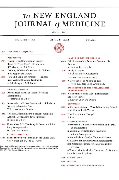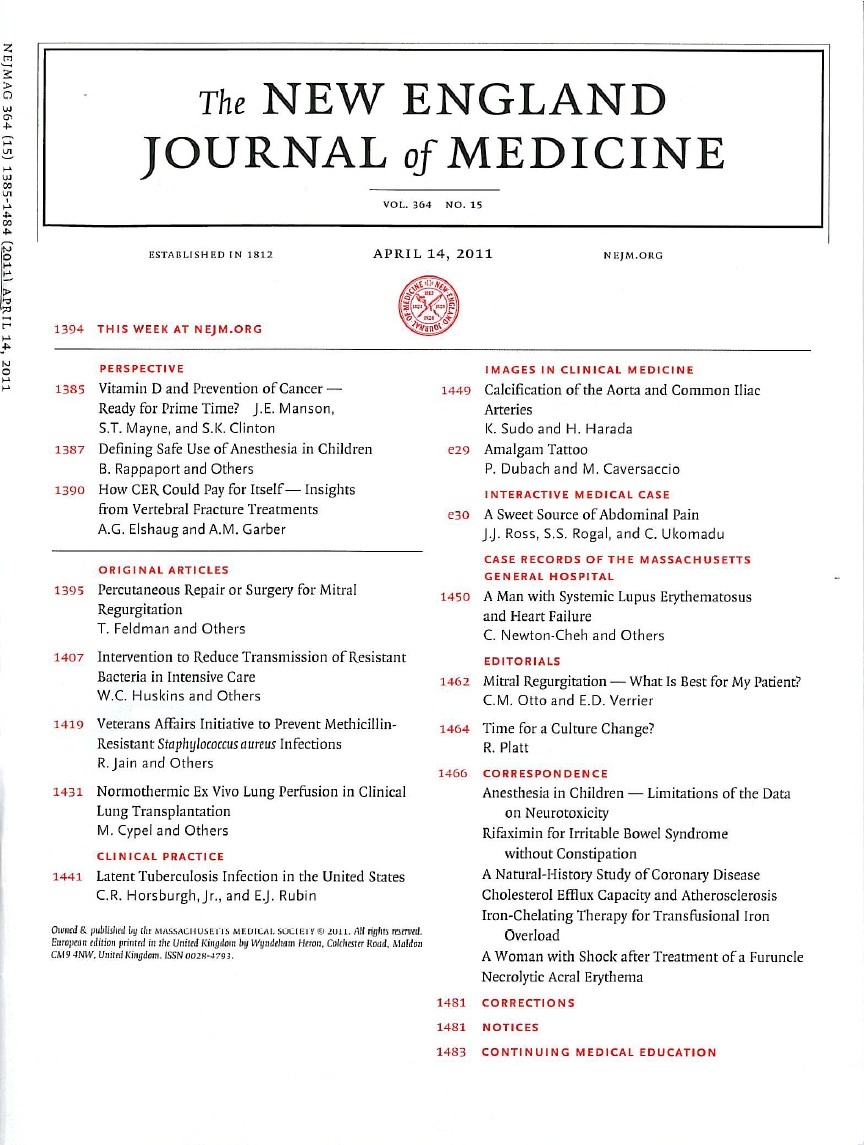
POISE 2 (Part 2): The safety and efficacy of clonidine following non-cardiac surgery .
This study has been identified as potentially high impact.
OE's AI-driven High Impact metric estimates the influence a paper is likely to have by integrating signals from both the journal in which it is published and the scientific content of the article itself.
Developed using state-of-the-art natural language processing, the OE High Impact model more accurately predicts a study's future citation performance than journal impact factor alone.
This enables earlier recognition of clinically meaningful research and helps readers focus on articles most likely to shape future practice.
Clonidine in patients undergoing noncardiac surgery
N Engl J Med. 2014 Apr 17;370(16):1504-13. doi: 10.1056/NEJMoa1401106. Epub 2014 Mar 31.10,010 patients with, or at risk for, major vascular disease, and undergoing non-cardiac surgery were randomized to receive either clonidine or placebo (both with and without aspirin) as part of the Perioperative Ischemic Evaluation 2 (POISE-2) trial. This report, Part 2, summarizes the data pertaining to the safety and efficacy of clonidine, while aspirin-related data is summarized in Part 1. Results over 30 days indicated that clonidine did not significantly reduce the incidence of the primary (death or non-fatal myocardial infarction) or secondary (death, non-fatal myocardial infarction or non-fatal stroke) composite outcomes, when compared to placebo. Clonidine, however, was associated with a significantly greater proportion of patients experiencing a non-fatal cardiac arrest, as well as clinically-important hypotension or bradycardia compared to placebo.
Unlock the Full ACE Report
You have access to 4 more FREE articles this month.
Click below to unlock and view this ACE Reports
Unlock Now
Critical appraisals of the latest, high-impact randomized controlled trials and systematic reviews in orthopaedics
Access to OrthoEvidence podcast content, including collaborations with the Journal of Bone and Joint Surgery, interviews with internationally recognized surgeons, and roundtable discussions on orthopaedic news and topics
Subscription to The Pulse, a twice-weekly evidence-based newsletter designed to help you make better clinical decisions
Exclusive access to original content articles, including in-house systematic reviews, and articles on health research methods and hot orthopaedic topics
































































